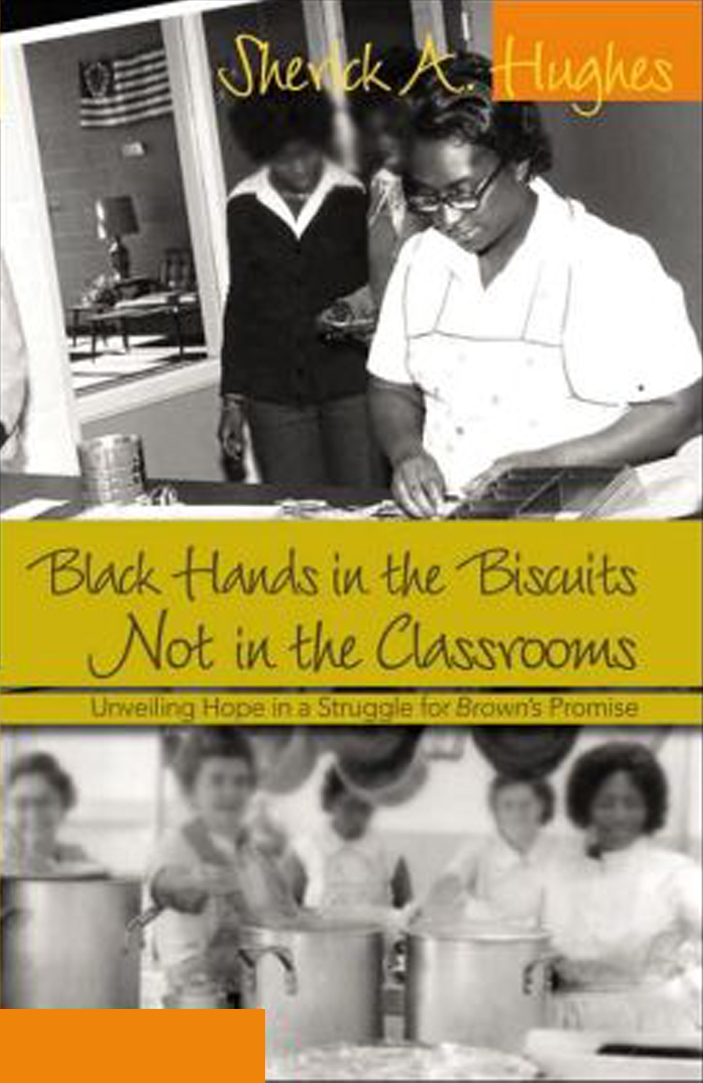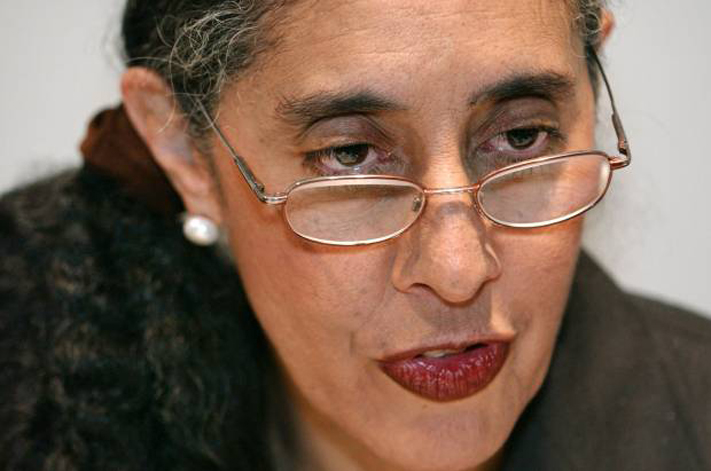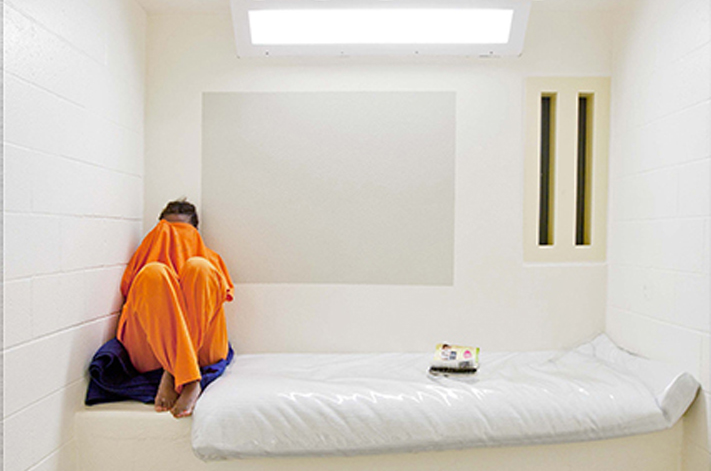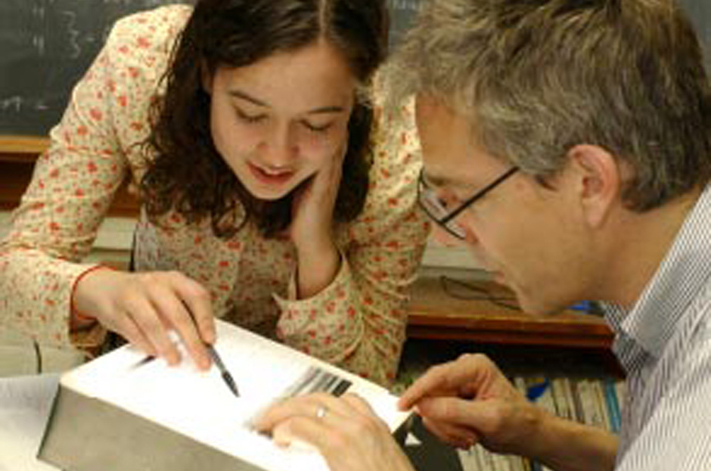Project Description
'Black Hands in the Biscuits Not in the Classrooms.'Desegregation told through the stories of North Carolina's black rural communities.
Learn MoreIn this website, our aim is to show how the rural Black family narratives of struggle and hope coupled with the critical race and class issues that Hughes discusses are current throughout our country and not just in North Carolina; with a discussion of segregation and desegregation, analyses of the themes of struggle and hope, an examination of current events, and an interview with Dr. Hughes.
While desegregation was made law 60 years ago (as of May 17, 2014), the racial and class disparities in educational experiences across families, neighborhoods, cities, and states is tremendous. It has been over 20 years, since Jonathan Kozol’s Savage Inequalities first argued against the sole use of property taxes to fund schools in the post-Brown era due to the perpetuation of inequitable (and often racially isolated) public schools within and between districts.
This argument has been largely ignored and as a result, public schools from California to North Carolina have a growing equity gap in per-child spending between its richest and its poorest districts; its racially desegregated and its racially isolated districts. The situation is not unlike the difference between black and white schools during pre-Brown segregation, which Dr. Hughes describes throughout Black Hands in the Biscuits Not in the Classrooms.
This website is dedicated to two important Black women in Dr. Hughes’ life and in the life cycle of the rural Black community of the Albemarle area of northeastern, NC: Margaret Walston and Dora Erskin. Both of these influential women recently passed away from this earth before witnessing and sharing the struggles and hopes that accompany the 60th anniversary of Brown. Dr. Hughes’ great-aunt, Margaret Walston, taught Kindergarten for 30 years and for 50 years she played organ and essentially taught chorus to many teens and adults in the choir at a prominent local church. Aunt Margaret became a key entry point into the field for Dr. Hughes to engage his ethnographic work due to her interracial contacts, reputation, keen memory and longevity (having taught from segregation to desegregation).
Another pillar in the community was Dora Erskin, Dr. Hughes’ first informant. It is from her that he learned the phrase, Black Hands in the Biscuits Not in the Classrooms. Ms. Dora was a black matriarch whose children thrived through Brown. Ms. Dora worked for a white family whose patriarch boasted within earshot of her and his daughter that he would pay whatever needed to keep his grandchildren from going to school with colored children when Brown finally came to town in the late 1960s. Ms. Dora responded quickly and quietly to his daughter, “My black hands have been in his biscuits all of these years and he eats them, but my children aren’t good enough to go to school with his grandchildren?…His daughter didn’t like him, either.”
Click here to read a review of Black Hands in the Biscuits Not in the Classrooms.











